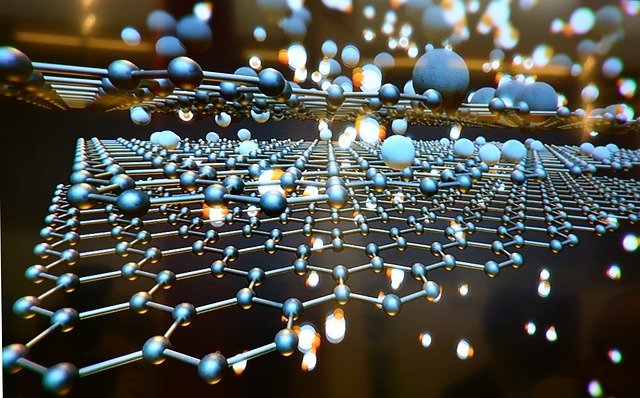Scientists have figured out a way to magnetize graphene, which could make possible lightning-fast microcomputers and electronics that defy the imagination. But as with graphene itself, the full potential of the magnetized version of this substance — an atom-thick layer of graphite — has yet to be realized.
Certainly, though, this represents another step forward for graphene, which was discovered only in 2002 by Andre Geim, a physics professor at the University of Manchester, in the United Kingdom. Some 12 years later, a New Yorker headline breathlessly raised the possibility that graphene “may be the most remarkable substance ever discovered,” and other observers were no less thrilled. A 2015 ExtremeTech piece posited the idea that graphene “could change the course of human civilization.”
So far, graphene has already shown extraordinary promise in the semiconductor industry. (That New Yorker piece also mentioned specific uses, as on ice-resistant helicopter blades, scaffolding for those suffering spinal-cord injuries and inflatable rafts and slides used in airplanes.)
Magnetizing graphene takes things to the next level, but it is not easy to do. Before 2019, that could only be accomplished by adding magnetic coatings or compounds. But Swiss and German researchers teamed up last year to solve this riddle, constructing a nanostructure made of graphene and then manipulating the spin of the electrons in such a way that they produce a magnetic field.
This new field — spin transport electronics, or spintronics — is defined as the manipulation of electrons’ spin to achieve a certain end. For example, it can be altered to provide for data storage or transfer.
Spintronics are superior to conventional electronics in that they don’t rely on electric current to sustain their spin and are reliable in environments with high temperatures or high radiation. The spin of an electron is identified as discernable magnetic energy even though atoms are capable of spinning up/clockwise and down/anti-clockwise. In theory, spintronics would operate as a hybrid by using both the electron’s spin and charge.
There is an ever-increasing need for data storage, as the amount of data available around the world, estimated to be 33 zettabytes in 2018, is expected to increase to 175 zettabytes by 2025. Much of that will be stored in the cloud, but there will also be a need for smaller and smaller transistors. Those made from silicon have steadily shrunk, from 14 nanometers to 10 and most recently to five, but there is a limit to how small they can get. Magnetized graphene offers the possibility of them getting even smaller. That has obvious implications for hard drives, smartphones and other devices.
In addition, devices using spintronics are more energy-efficient, which would at least in theory reduce the footprint of the world’s data centers. At present they consume about three percent of the global energy supply, and by 2030 could soak up as much as 10 percent.
It is also expected that spintronics will impact robotics. Specifically, it will allow for the production of nanorobots, which, when introduced into a human body, will enable healthcare professionals to more precisely diagnose a patient’s condition.
Finally, there are those who believe that spintronics can hasten the development of quantum computers, which, while capable of solving complex problems, need very precise conditions in which to operate — i.e., low temperatures, a vacuum, etc. Researchers have discovered that manipulating electrons’ spin can allow for such computations, though this technology has yet to be perfected.
It is clear that magnetic graphene holds great potential in any number of areas — that it might yet live up to its hype by impacting not only the technology sector but others as well. There are miles to go before a final determination can be made, of course, but the advances to date have shown promise, and there is no doubt more to come.

